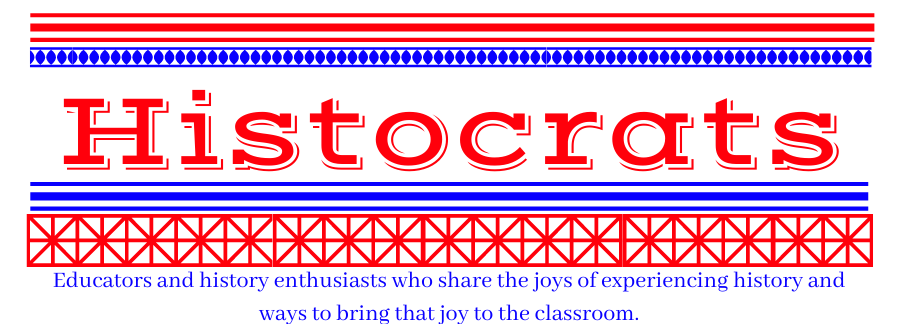Railroads played a
crucial role in the growth and development of the United States. The Transcontinental
Railroad tied the country together spurring immigration and economic growth.
Population centers and controversy emerged as the railroads grew in the 19th
century. Railroads were the nerve system
of the American economy in the 19th century.
The economic importance
of railroads have declined over time but their place in the American heart and
mind remains strong. Many Americans continue to be fascinated by the railroads
and the idyllic lifestyle they evoke. My younger brother’s fascination with
trains began as a younger and continues into adulthood.
If you have a family
member or friend, who is fan of the rails, there are some great destination for
you to consider. Museums that preserve trains and railroad history have a variety
of exhibits and attractions to enjoy. You might begin with a traditional exhibit
and end your tour with a train ride.
Here are a few railway museums we have enjoyed:
 The Georgia State Railroad Museum in
Savannah is a great place to explore the history of the rails. You can enjoy
exhibits inside this historic landmark before you head out back to explore the
rail yard. This site has lots of trains to explore and an operational
turntable. You can even choose to take a ride in a historic locomotive.
The Georgia State Railroad Museum in
Savannah is a great place to explore the history of the rails. You can enjoy
exhibits inside this historic landmark before you head out back to explore the
rail yard. This site has lots of trains to explore and an operational
turntable. You can even choose to take a ride in a historic locomotive.
Another great place to explore railroad
history is the North Carolina Transportation museum south of Greensboro. The North Carolina Transportation Museum is a
true treat for the railroad aficionado. This museum is located on the site of
the Spencer Shops in Spencer, North Carolina. The Spencer Shops were the Southern
Railway Company's largest steam locomotive servicing facility. Here you can
learn about what if took to repair and maintain steam locomotives. You can
learn about trains from the inside out.
Visitors can also explore the history of the shop, and enjoy a train
ride. Other exhibits include cars and planes.
In Old Sacramento there
are numerous opportunities to enjoy history including the California State
Railroad Museum. The California State Railroad
Museum has another unique look into rail history. This museum will is a
great opportunity to explore the Transcontinental Railroad and how it was
developed. You can even get a chance to see the golden spike. This railroad also includes cars that you can
explore including a Pullman railroad car. This is a museum designed for both
young and old to enjoy.
Are you looking for a
railway museum closer to you? Try the Association
of Tourist Railroads and Railway Museums (ATRRM). You can search their site
for museums and railroads near you to enjoy.











